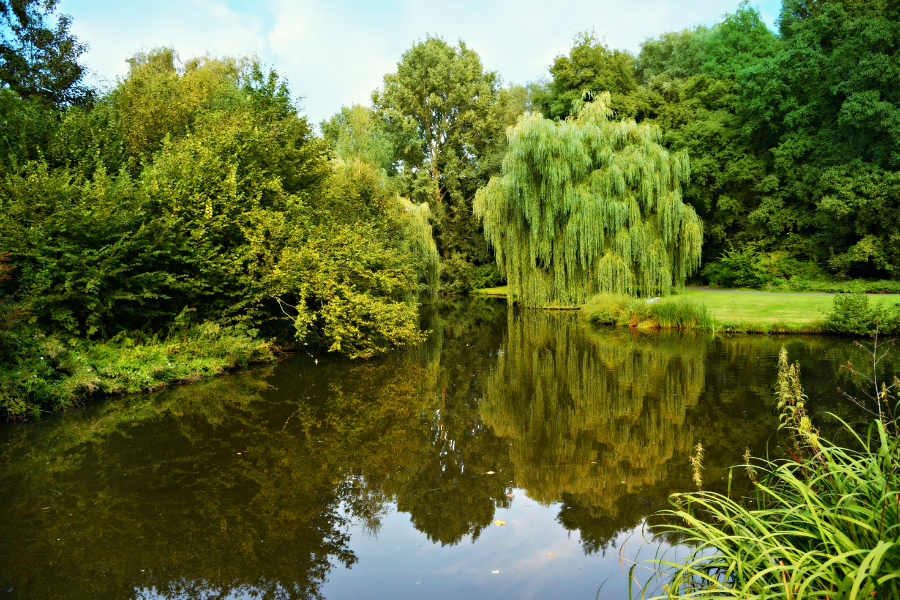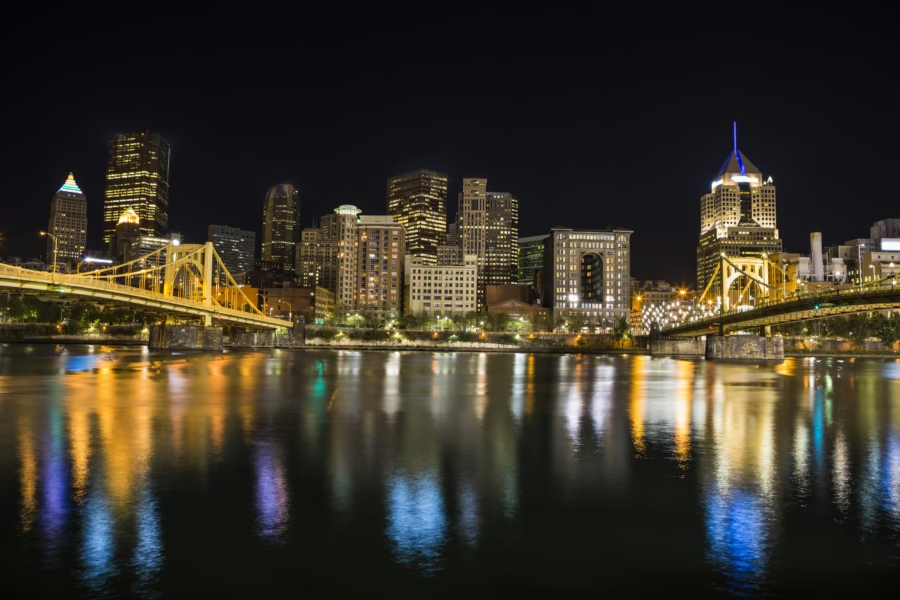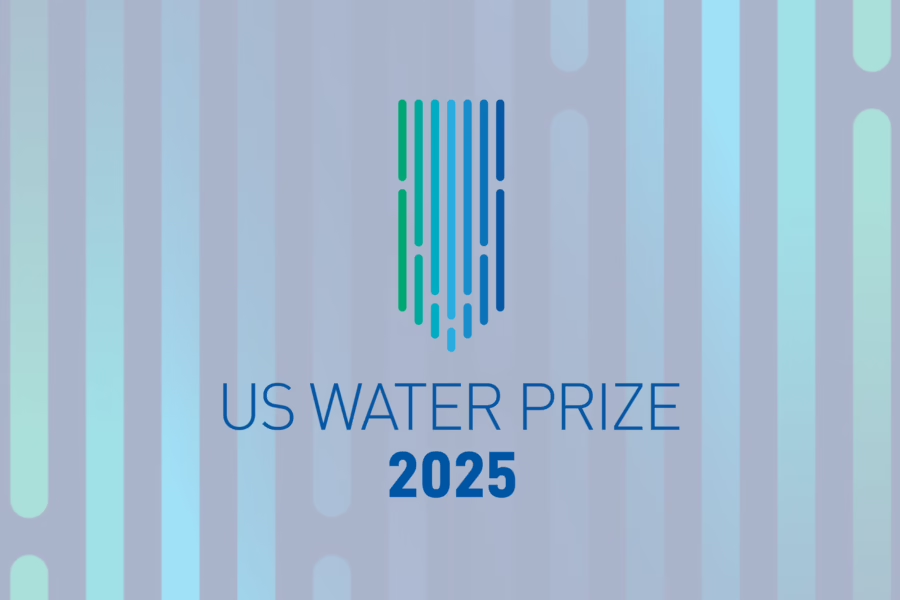Water utilities are tasked with providing healthy and abundant drinking water, often without any control over the quality of water they receive from upstream, as well as ensuring the safe transport and treatment of wastewater.
As well-positioned entities for advancing One Water solutions, utilities are transforming themselves as responsible managers of valuable resources, partners in the local economic development and proactive members of the watershed community. Utilities of all types are focused on resource recovery and following natural processes wherever possible; for the utility manager of today, there is no such thing as “waste.”
It is no secret that water supplies are shifting and dwindling, leaving the burden of depleted water sources in large part to the water utilities to solve. To overcome these new challenges, many utilities are diversifying and stretching water supplies beyond traditional approaches like dam construction, increasing reservoir storage capacity or extending water systems to new sources. Many modern strategies include some combination of conservation, efficiency, major reuse projects and green infrastructure development.
To meet the growing challenges of a shifting landscape in Northern California, Santa Clara Valley Water District built a purification center to produce high quality purified water from recycled wastewater. Instead of releasing wastewater into the bay, they are redistributing this water to over 800 industrial and municipal customers. By 2025, their goal is to vastly expand the plant’s potential use where up to 45,000 acre-feet per year of purified recycled water will be used to replenish groundwater supplies and potentially piped to customers for drinking water – a true One Water approach.
Other utilities are transforming the water landscape by using green infrastructure to help to manage, infiltrate, store and treat wastewater while visually enhancing neighborhoods. To alleviate the pressure from an outdated and aging infrastructure, Philadelphia is transforming impervious surfaces and increasing strategies to capture rainwater and recharge aquifers. In 2016 alone, they kept 1.5 billion gallons of polluted water out of the cities’ rivers and streams.
In addition to facing a number of water challenges, utilities face tightening budgets and fragmented governance that can limit operations. By finding new ways to cooperate, share services, and identify new revenue streams utilities can push their dollars further. Innovative approaches include public-private partnerships, green infrastructure bonds, state infrastructure exchanges, tax breaks in incentivize pension investments, and more.
Water utilities play a fundamental role in the livelihood of all Americans, and by breaking down silos and embracing One Water strategies they going beyond their traditional mandates to drive a transformation of the industry and move the dial that much closer to a sustainable water future for all.


